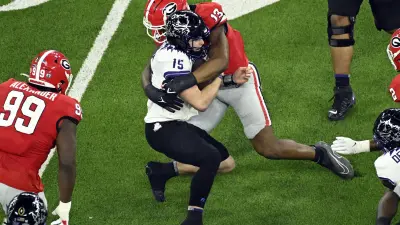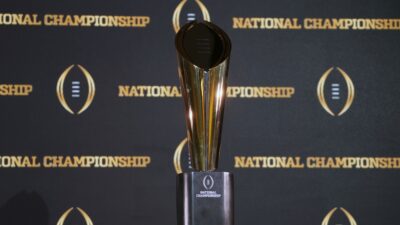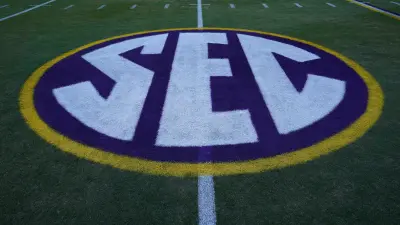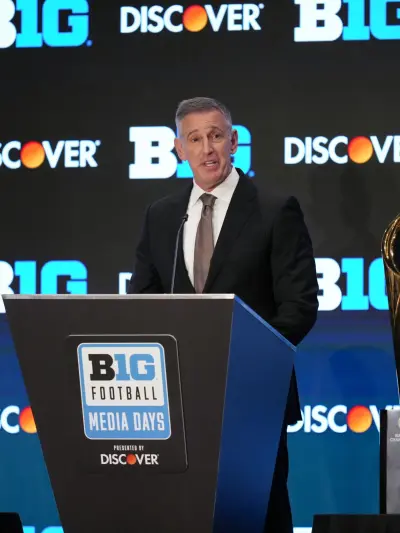Imagine a postseason model that keeps traditional bowl tie-ins, gives Group of Five schools a chance to win a title, keeps more players from opting out, saves players from up to seventeen games, and keeps value on the regular season. Sounds too good to be true right? Well, it could have been real if the playoff committee and ESPN had chosen something different. I’m calling it the 4+1 system.
So how would this work? Well, start with the four major bowls, the Fiesta, Orange, Rose, and Sugar Bowls from the BCS era and their tie-ins. The Cotton and Peach Bowls will still be important bowls, but a step down from where they are today. Think something like the current importance of the Citrus or Alamo bowls. The Rose Bowl will still feature the Big Ten and Pac 12 Champions, the Sugar Bowl will continue to host the SEC and Big 12 winners, and the Orange Bowl will welcome an ACC Champion. Group of Five teams will go back to only being in major bowls if they are undefeated, but multiple Group of Five teams can make a major bowl if there are undefeated. The remaining spots will be at large, like in the current four-team playoff.
After these games, the Selection Committee will choose the teams for the National Championship game. The title game will be one week after the playoffs on a Saturday Night in a predetermined neutral sight. Any team who won one of the four major bowls can then be invited into the National Championship.
Let’s look at the 2022 season to see how the 4+1 matchups would look. I can’t say for sure what the bowl games would be, but I’m guessing it would be this:
- Fiesta Bowl: Alabama vs Ohio State
- Orange Bowl: TCU vs Clemson
- Rose Bowl: Michigan vs Utah
- Sugar Bowl: Kansas State vs Georgia

Assuming Georgia and Michigan win, they will play in the title game. If one of them loses, TCU will steal a title spot if they beat Clemson, and if two teams ranked above them lose, Ohio State finds themselves in the title. Don’t those four teams sound familiar? They were the four playoff teams. My revised system will continue to give top teams a chance at the title but framed differently to keep traditions and intrigue in these major bowls.
More Sports News
This system doesn’t just work for chaotic years like 2022. Here’s how the 2021 major bowls could turn out:
- Fiesta Bowl: Cincinnati vs Georgia
- Orange Bowl: Ohio State vs Pittsburgh
- Rose Bowl: Michigan vs Utah
- Sugar Bowl: Alabama vs Baylor

This time, I would assume Alabama and Michigan play for the title, but if they lose, the winner of Cincinnati/Georgia will take their place. Once again, the four real playoff teams have the only real chance of winning a title.
There are a few more stipulations that haven’t occurred recently. Let’s look back at the 2009 BCS Bowls:
- Fiesta Bowl: Boise State vs TCU
- Orange Bowl: Iowa vs Georgia Tech
- Rose Bowl: Ohio State vs Oregon
- Sugar Bowl: Florida vs Cincinnati
- Title Game: Alabama vs Texas

Notice how the title game featured #1 Alabama vs #2 Texas, who normally would be in the Sugar Bowl (before Texas’ merger with the SEC). The Big East still existed and had an auto-bid in undefeated Cincinnati, one of five total undefeated teams. There would actually be zero at-large picks due to this crazy year. Putting the season into the Four+1 format could make major bowls look like this:
- Fiesta Bowl: Texas vs Boise State
- Orange Bowl: Cincinnati vs Georgia Tech
- Rose Bowl: Ohio State vs Oregon
- Sugar Bowl: TCU vs Alabama
TCU and Boise State, who were ranked fourth and sixth respectively, would get a chance to prove themselves and play a top-two team, possibly seeing themselves in the title depending on how #3 Cincinnati did in their bowl. The Group of Five has a much better chance to make the title if they have a team that’s good enough.
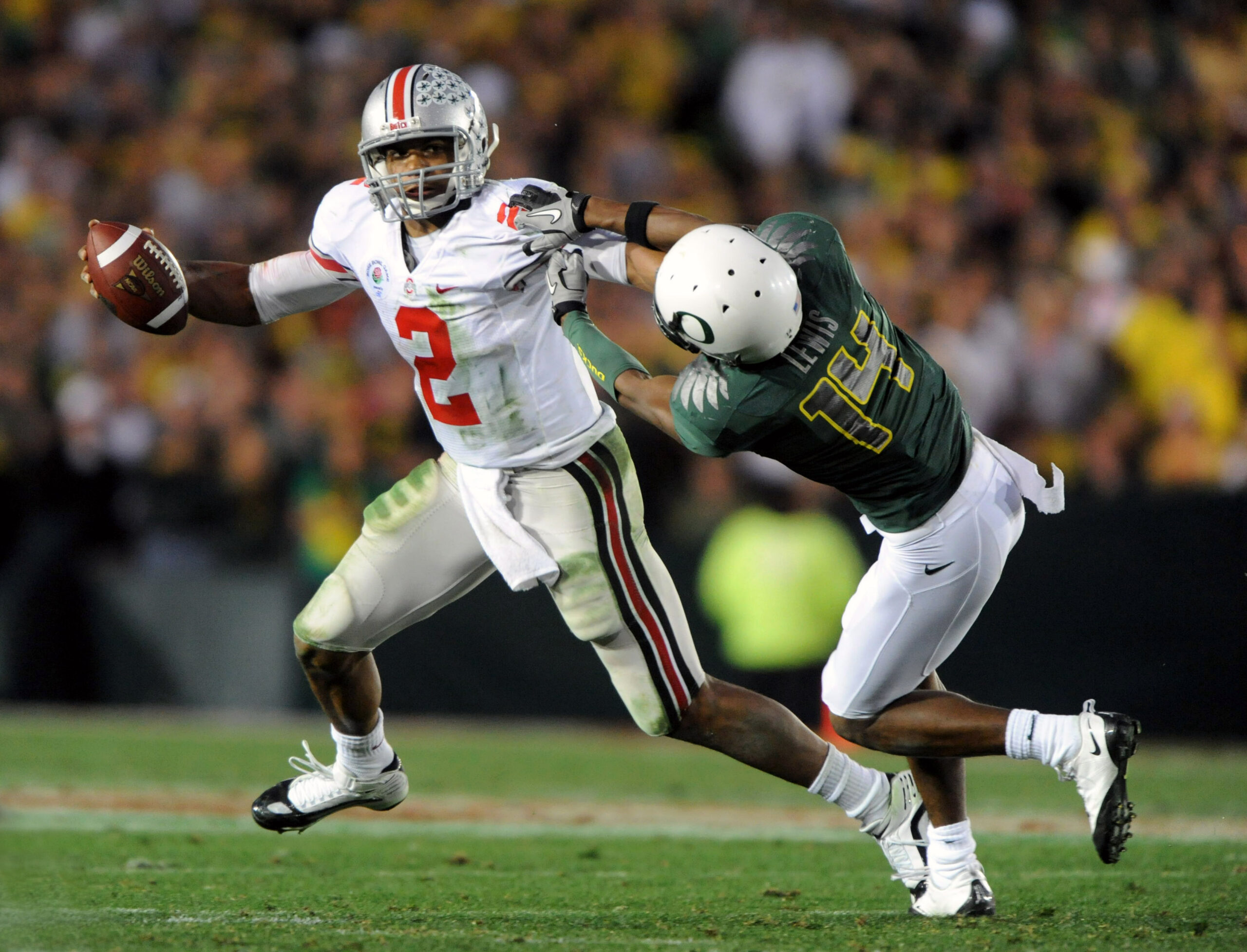
There is no postseason model that will prevent all opt-outs, and blowouts while giving equity to all teams who are good enough. However, the 4+1 combines the best aspects of the BCS, four and twelve-team playoff to create a truly amazing postseason.
